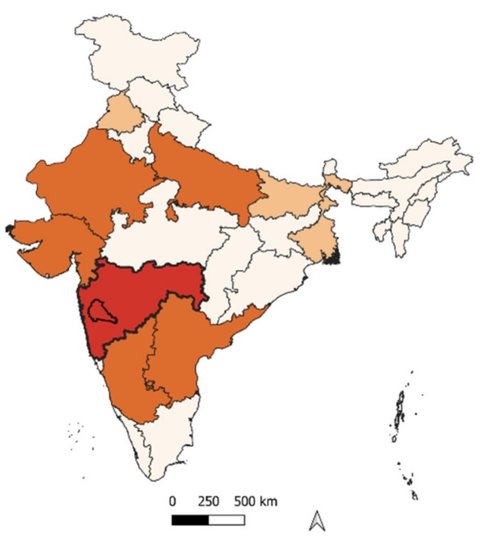Quantification of Resilience Considering Different Migration Biographies: A Case Study of Pune, India

Urbanization proceeds globally and is often driven by migration. Simultaneously, cities face severe exposure to environmental hazards such as floods and heatwaves posing threats to millions of urban households. Consequently, fostering urban households’ resilience is imperative, yet often impeded by the lack of its accurate assessment. We developed a structural equation model to quantify households’ resilience, considering their assets, housing, and health properties. Based on a household survey (n = 1872), we calculate the resilience of households in Pune, India with and without migration biography and compare different sub-groups. We further analyze how households are exposed to and affected by floods and heatwaves. Our results show that not migration as such but the type of migration, particularly, the residence zone at the migration destination (formal urban or slum) and migration origin (urban or rural) provide insights into households’ resilience and affectedness by extreme weather events. While on average, migrants in our study have higher resilience than non-migrants, the sub-group of rural migrants living in slums score significantly lower than the respective non-migrant cohort. Further characteristics of the migration biography such as migration distance, time since arrival at the destination, and the reasons for migration contribute to households’ resilience. Consequently, the opposing generalized notions in literature of migrants either as the least resilient group or as high performers, need to be overcome as our study shows that within one city, migrants are found both at the top and the bottom of the resilience range. Thus, we recommend that policymakers include migrants’ biographies when assessing their resilience and when designing resilience improvement interventions to help the least resilient migrant groups more effectively.
